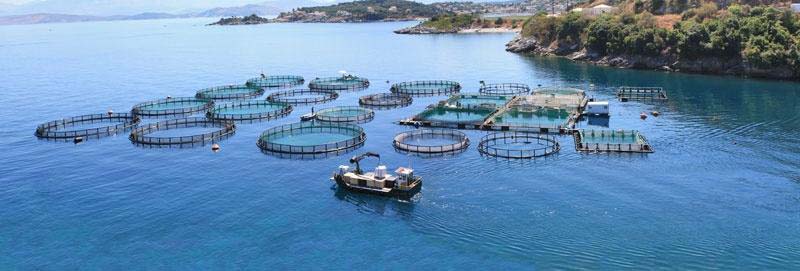
Understand what the new regulatory updates mean for those involved in Gulf of Mexico well intervention and hear BSEE’s comments relating to both riserless well intervention systems and BSEE’s final rule.
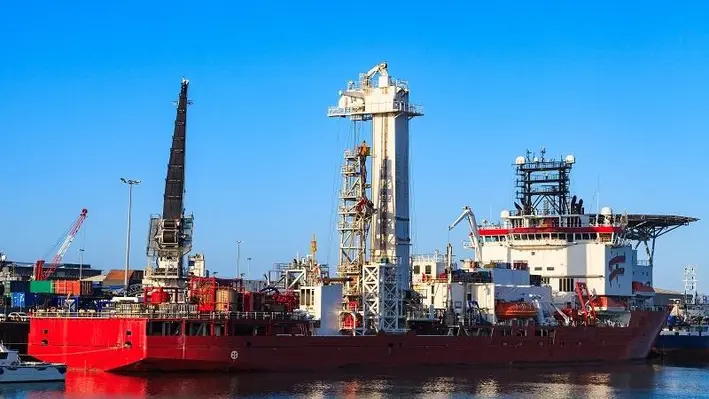

At OWI EU Jonathan Owens, Director, Oil and Gas at Parker LORD, sat down for a virtual fireside chat with Neil Greig, Sales Manager at Helix, to discuss the blossoming relationship that has emerged between the two companies in recent years, culminated by Helix’s use of flexible joints, designed and manufactured by Parker LORD.
Owens opened the discussion by explaining how the relationship between the two companies began when, in 2017, Helix started implementing its Integrated Tension Frame (ITF) onto a number of its vessels. With this step, the company soon discovered that the frame required more flexibility and approached Parker LORD for a solution for their Siem Helix 2 vessel which was operating in Brazil and the Well Enhancer in the UK.
Going into more detail, Greig explained that across their assets they faced a challenge of sheer loading rather than bending. For the Well Enhancer, they developed a system to allow risers to run in relatively shallow depths (80m-200m) ‒ a compensated coil tubing lift frame or dynamic lift frame. This had two integral pistons forming part of the compensation system which worked to an extent but encountered issues with seal designs in the system and potential twisting of the frame due to side loading. A side effect of this was wear inside the pistons which ultimately resulted in the system not moving smoothly and a crabbing effect.
To mitigate these issues, Helix shortened the frame, rigidised it and replaced the two pistons with a single cylinder above, reducing the potential two fail points to one. Despite noticeable improvements, this was still not enough and it was at this point that the company decided to approach Parker LORD who advised the introduction of a flex joint to the system. Sitting just below the frame, this reduced the side loads going into it, everything moved in a smooth linear fashion and, after post job analysis, there was no sign of wear.
Owens took over and noted that additional, “Flexible joints at the top and bottom of a riser on a drilling rig and for diverter flexible joints are very common in drilling to reduce the side loads on the wellhead and accommodate being offset from the drill centre but is not so common on the intervention side. Typically stress joints are relied on for transition. The challenge with an intervention riser versus a drilling riser is obviously higher pressures, small footprints to bear the load of the riser weights, and intervention fluids like solvents.”
“So what we did was divide the work of the two flex elements, one called the load bearing, a flex element, to take the axial load and the fatigue aspects of the work; the seal bearing on the ID is a smaller flex element to handle the pressure and the intervention fluids. One advantage of doing that is we created a redundancy in the system because the pressure housing and the load bearing can take the 10,000psi operation pressure too, so you get a dual-barrier system.
Greig added, “The key point is that instead of using a stress joint which have to effectively be bespoke depending on well conditions, water depths, etc, the flexible joint has a wider range of operations without adjustments which makes it a more cost efficient option."

Entering shallow waters
The two speakers noted that with regions such as the North Sea, shallower waters makes it a much more challenging environment for riser-based well intervention operations and fatigue sensitive wellheads are often a key issue.
But adding flexible joints to the top and bottom of the riser, as Owens demonstrated, helps with the stiffness transition and reduces the loading onto the wellhead to avoid some of the challenging situations such operations can pose.
Greig said, “We certainly will rely on the flexible joint for the upper section as a practical solution to countering those high sheer forces and bending forces. In such environments everything is highly utilised so whatever solution you have in place it is critical you get it right. The flexible joint protects this equipment with the topside one and there is similar argument that you would be protecting the equipment subsea with the lower one. In deep water, such as 1300m, things are a lot more forgiving but it is a much more critical situation at 85m and we certainly wouldn’t be able to entertain them without the flex joint in the system.”
Ensuring safe operations
Following the discussion, Offshore Network spoke to Craig Tennant, Engineering Manager ‒ Riser Systems at Helix Energy Solutions for more on the company’s relationship with Parker LORD and the improvements the flexible joint has brought to their operations.
Tennant commented, “The flexible joint allowed for a small but useful increase in operating envelopes which allowed for safe operations. This is especially important for a failure scenario to ensure we can disconnect the riser before the vessel drifts off station and exceeds allowable structural limits.”
“We use the flexible joint for riser-based operations on the Q7000 and Well Enhancer with a similar set up to the Siem Helix vessels. The addition of the flexible joint on the Well Enhancer has reduced the transfer of loads into the Coiled Tubing Lift Frame with the aim to minimise bending stresses within the frame.”
On the solution opening opportunities in shallower waters, Tennant said, “Introducing a flexible joint alleviates the high reaction forces resisted at surface and improves our working envelope using the existing equipment. The flexible joint is one part of a suite of components and practices that allow us to achieve shallow water operations. Shallow water operations open up riser-based operations where previously only open water wireline operations were available. These are generally located around coastal UK, i.e. central North Sea, but open up potential worldwide such as Brazil and Australia.”
Tennant noted that his company have a campaign planned with Cooper Energy in 2022/2023 in Australia where the Q7000 vessel, with flexible joints on board, will be deployed. He added that it is likely that they will also be operating with riser-based systems in the North Sea next year with the flexible joint as an integral part of the riser stack.
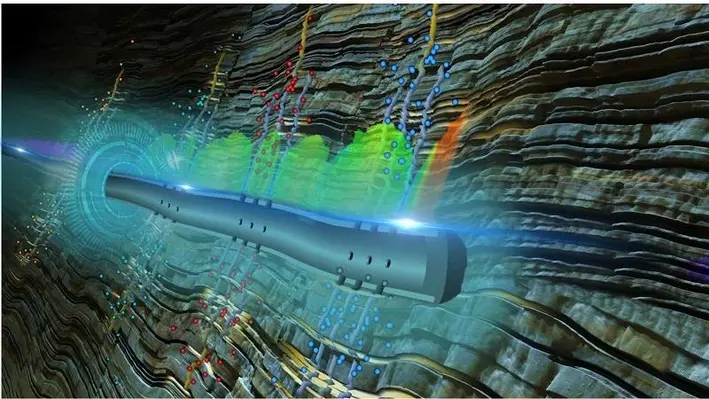
 Halliburton has launched ExpressFiber, a single-use fibre optic cable that offers accurate, direct subsurface measurements, including cross-well communication, at a price point that enables fracture monitoring on every well pad.
Halliburton has launched ExpressFiber, a single-use fibre optic cable that offers accurate, direct subsurface measurements, including cross-well communication, at a price point that enables fracture monitoring on every well pad.
Understanding and optimising well and fracture interference is a significant challenge that operators face today. ExpressFiber uses distributed acoustic sensing (DAS) to acquire a direct measurement of micro seismic, strain, and temperature unlike other cross-well monitoring techniques that provide indirect estimates.
ExpressFiber, paired with Halliburton’s intelligent fracturing and subsurface monitoring services, provides real-time actionable insights of fracture growth and well interference, allowing operators to improve completions designs and gain overall capital efficiency. It can be pumped downhole in offset wells within a couple of hours, and can be installed any time before or during the fracturing operation. ExpressFiber is designed to withstand downhole conditions for the duration of the stimulation treatment before degrading, and has no impact to subsequent fracturing operations in offset wellbores.
Michael Segura, Vice-President of Production Enhancement, commented, “When it comes to direct measurement of the subsurface, fibre is the most direct and trusted sensor of choice, but traditionally it has been expensive and complex to install. Our innovative fibre portfolio transforms fracture monitoring from an application reserved for science wells to a routine solution for regular use on more wells across your asset.”
Through a five-year agreement for North America unconventionals, ExpressFiber will be enabled by FiberLine Intervention (FLI), a wellbore surveying technique from Well-SENSE Technology Limited.
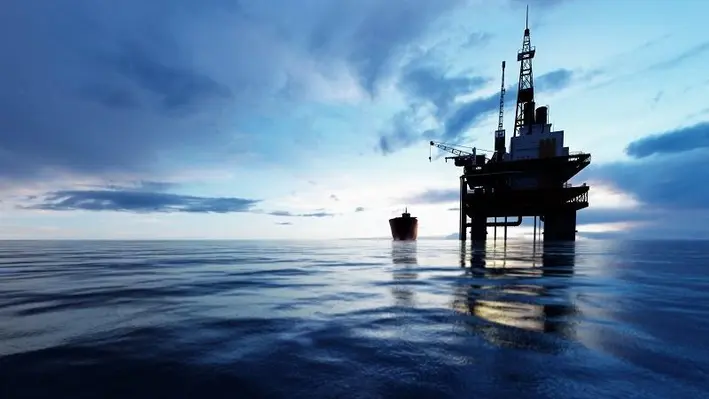

Halliburton Company, in their Q2 2021 results, have pointed to an increase in well intervention activities as partially responsible for their growth in revenue and suggested that a multi-year upcycle may be unfolding.
The company’s Completion and Production revenue in Q2 of 2021 was US$2bn, an increase of US$178mn, or 10%, when compared to Q1, while operating income was US$317mn, an increase of US$65mn, or 26%. These results were driven by increased activity across multiple product service lines in North America land, higher cementing activity in the Eastern Hemisphere and Latin America, increased completion tools sales in the Middle East, the North Sea, and Latin America, as well as higher well intervention services in regions such as the Middle East, Africa and North America.
Drilling and Evaluation revenue for Halliburton in Q2 of 2021 was US$1.7bn, an increase of US$78mn, when compared to Q1 of 2021, while operating income was US$175mn, an increase of US$4mn. These results were due to improved drilling-related services and wireline activity across all regions, along with increased testing services in the Eastern Hemisphere.
Jeff Miller, Chairman, President and CEO of Halliburton, said, “Halliburton’s Completion and Production division margin reached three-year highs, while our Drilling and Evaluation division margin outperformed expectations, setting both divisions up for robust margin growth this year.
“The positive activity momentum we see in North America and international markets today, combined with our expectations for future customer demand, gives us conviction for an unfolding multi-year upcycle.”


Interventek, a subsea well intervention technology specialist, has been awarded a repeat order from Trendsetter Engineering in Houston, to supply additional 6-3/8”, 15,000psi, open-water Revolution shear-and-seal valves.
The contract comes on the back of Interventek supplying an initial set of the advanced subsea shear-and-seal safety valves in 2020, comprising single and dual cavity variants, and successful systems integration testing within Trendsetter’s new 15,000psi, TRIDENT Modular Subsea Intervention System. Trendsetter is now aiming to roll out further systems to service growing demand in the well intervention and subsea completions market and will use Interventek’s offerings to do so.
The Revolution valves
The Revolution valves are specified for sour service deployment, with dynamic valve bore components, utilising high strength, corrosion-resistant alloys. They benefit from Interventek’s compact design, which allows integration within more modern, lightweight systems, to achieve greater cost and efficiency savings through operational flexibility. The Revolution valves also separate their internal cutting and sealing components for improved performance, whilst meeting rigorous API-17G qualification criteria and being suitable for use in challenging subsea environments.
Mike Cargol, Vice President of Rentals and Services at Trendsetter, commented, “Trendsetter has worked closely with Interventek to achieve our objective of bringing innovation to intervention. Interventek’s compact Revolution valves have proved to be the ideal match for our lightweight and modular Trident systems, enabling us to achieve the goal of delivering HPHT intervention solutions while also realising system size and weight reductions of up to sixty percent when compared to competing systems. The result of this combination is a robust system which can be mobilised rapidly to any geographic region, reconfigured quickly to accommodate hydraulic, riserless light well or open-water risered interventions, and be integrated into a vessel or rig of opportunity with no bespoke modifications. The bottom line is enhanced safety, increased operational efficiency and reduced cost, especially for HPHT applications.”
Gavin Cowie, Managing Director at Interventek, added, “Our continuing partnership with Trendsetter is enabling many operators to realise significant efficiency gains in their subsea intervention operations. The compact, versatile design of our Revolution valve technology provides a great advantage for integration across a range of safety systems. It exceeds the highest industry standards and is suitable for open-water, in-riser and even surface applications. Despite challenging times across the industry, demand for our technology continues to grow and we are grateful to be working with such like-minded, forward-thinking innovators as the team at Trendsetter.”
Interventek’s open-water Revolution valves use the same shear-and-seal technology as the company’s field proven, in-riser safety valves. All products are available in variants to suit a range of system specifications, operational applications and well conditions. The company develops such technology in pursuit of their goal to deliver the best-in-class solutions at half the cost but twice the performance.
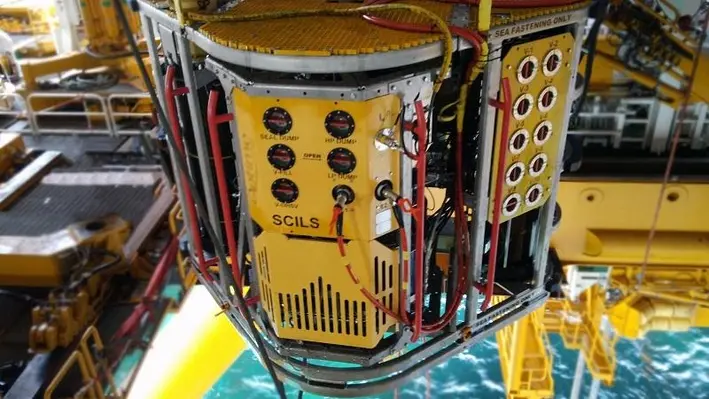

Halliburton Company (Halliburton) will offer Optime Subsea’s (Optime) innovative technologies as a service across its global portfolio as part of a new strategic alliance.
As part of the agreement, Optime’s innovative Remotely Operated Controls System (ROCS) will be applied to Halliburton’s completion landing string services. The companies will also collaborate to offer intervention and workover control system services leveraging Optime’s Subsea Controls and Intervention Light System (SCILS) technology, a remote digital enabled system that compliments Halliburton’s subsea intervention expertise.
The alliance will facilitate umbilical-less operations and subsea controls for deepwater completions and interventions delivering increased operational efficiencies while minimising safety risk through a smaller offshore footprint.
Daniel Casale, Vice-President of Testing and Subsea at Halliburton, commented, “We are excited to work with Optime and leverage their technologies within our existing subsea completions and intervention solutions. Our alliance advances remote capabilities and provides a capital efficient solution, allowing customers to reduce safety risk, operational footprint, setup and run-time.”
Jan-Fredrik Carlsen, CEO of Optime Subsea, added, “We believe that strong mutual alliances across the vertical supply chain drives continuous improvements needed in our industry. By solidifying this relationship with Halliburton and combining their well-established, reputable service and technology capabilities with Optime’s innovative controls and intervention technology, more customers will have access to these cost-efficient subsea solutions.”
Another step forward for Subsea Optime
The collaboration with Halliburton marks another step in Optime’s short but impressive history, since its foundation in 2015, as an integrated system and service provider with the capability to optimise well interventions and completion operations. Recently the ROCS, perhaps their most successful offering, proved its worth when it was deployed during a completions operation for a production well for Aker BP on the Ærfugl-field on the Norwegian Contintental Shelf in late February. The operation was a success and optimised operations with noticeable reductions in HSE risks and overall cost. Now the ROCS (and the rest of Optime’s offerings) has the opportunity to perform on the global stage, and this partnership with Halliburton will help the company expose its services to a wider customer base.
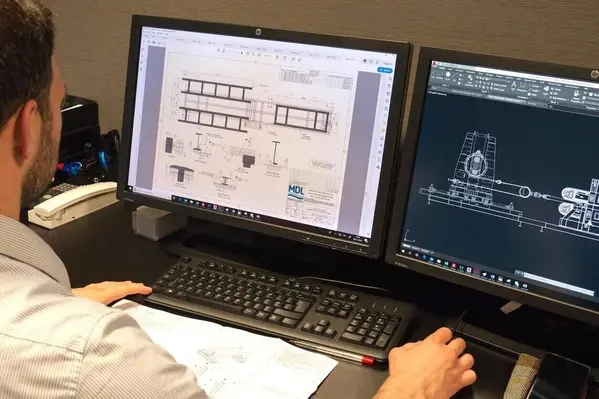

Helix Energy Solutions Group (Helix) has announced that it has entered into a new agreement for response resources with HWCG LLC which was closely followed by Helix Robotics Solutions (HRS), a division of Helix, awarding Maritime Developments Ltd (MDL) a two-year frame agreement for project engineering services and equipment supply.
HWCG LLC
HWCG’s members, under the new agreement with Helix, will be given the opportunity to identify the Helix Fast Response System as a response resource in permit applications to U.S. federal and state agencies, and to deploy the Helix Fast Response System to respond to a well control incident in the U.S. Gulf of Mexico.
The Helix Fast Response System consists of the Helix Producer I floating production unit, Q4000 or Q5000 vessels, subsea intervention systems, crude transfer systems and other well control equipment.
Under the terms of the agreement, HWCG will pay Helix an annual retention fee and HWCG’s members will receive a credit against this fee for every day that a member utilises the Q4000 or Q5000.
Owen Kratz, CEO of Helix, commented, “We are pleased to continue our long-standing relationship with HWCG, and are proud to stand on call as a first responder in the Gulf of Mexico. Helix’s industry expertise in offshore well intervention and well control is second to none, and we feel this agreement demonstrates the parties’ commitment to the continued safe planning, operation and execution of offshore oil and gas production. We embrace our role as a provider of sustainable solutions, are proud to offer the Helix Fast Response System to help mitigate and remediate the environmental risks associated with offshore drilling and production operations.”
Adding to this, HWCG’s Managing Director, Craig T. Castille said, “HWCG and its membership are pleased to have Helix continue as a business partner and core contractor for its source control and containment response in the U.S. Gulf of Mexico.”
The agreement replaces the parties’ prior agreement and is effective April 1, 2021 for an initial two-year term.
Maritime Developments Limited
Closely following this, Helix Robotics Solutions, announced that it has awarded MDL a two-year frame agreement covering the provision of MDL Project Management and Engineering services, as well as personnel and equipment, to optimise HRS’ offshore campaigns.
HRS will now be able to draw on MDL’s in-house expertise for storyboard development, visualisations and procedures/task plans for offshore execution, deck layout optimisation, sea-fastening design and verification, drawings and calculation packages and crane lift requirement assessments.
For the project execution phase, HRS will also have access to MDL’s expert personnel and market-leading rental fleet and look to optimise the costs and timescales in mob/demob stages with MDL’s portable technology.
MDL will also provide field engineering support to act as the interface between vessel management team, end client and pipelay equipment spread during mobilisation, offshore execution and demobilisation.
For bespoke projects, MDL has offered its 21-year track record in mechanical handling design and manufacture, to deliver newbuild solutions, as well as equipment maintenance, repairs and upgrades.
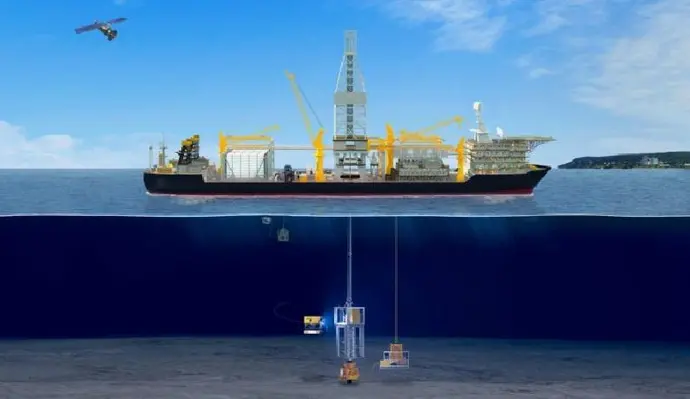

Oceaneering International (Oceaneering) has announced that its Subsea Robotics (SSR) and Offshore Projects Group (OPG) have been awarded an integrated rig services contract for covering the Khaleesi/Mormont and Samurai fields in the Gulf of Mexico.
The work scope includes the provision of remotely operated vehicles (ROVs) with collocated ROV tooling and technicians, remote positioning and metrology survey resources, and installation and workover control system (IWOCS) equipment and technicians. Work is scheduled to begin in early 2021 and carry into 2022.
Earl Childress, Senior Vice President and Chief Commercial Officer of Oceaneering, commented, “The operator’s decision to contract our robotics and IWOCS services is a positive and anticipated response to our realigned segments, which allows us to deliver the integrated processes and products that enable consistent and efficient work scopes.”
Expanding operations in Khaleesi/Mormont and Samurai
This announcement closely follows a connector supply contract, awarded by TechnipFMC at the end of 2020, to provide 2-inch M5 connectors and chemical throttle valves (CTV) for the tieback project in the same fields.
The M5 connector provides an easy-to-install, fly-to-place connection solution that enables injection of gas or chemicals into subsea infrastructure and serves as an access point for future subsea field intervention activities such as gas lift, chemical injection, well stimulation, hydrate remediation, flooding and venting operations, acid injection and scale squeeze.
Oceaneering rotator CTVs regulate the flow of chemicals (such as scale, wax, and corrosion inhibitors) delivered to subsea production systems. Their functions are diverse, from flow control to metering and highly accurate dosing. CTVs effectively eliminate the need for topside injection and dedicated umbilical lines.
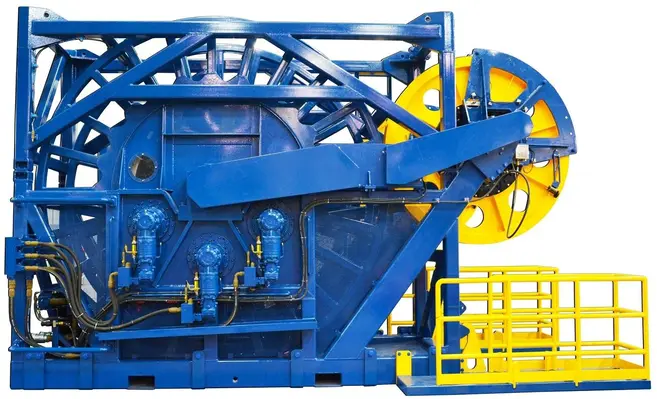

Logan Industries, a hydraulic repair, manufacturing and rental company, has manufactured and delivered the second set of a new and innovative design of small-footprint coiled tubing (CT) reelers.
The new CT reelers, the largest reeler Logan has manufactured, are suitable for storing and deploying 10,000ft of 2 3/8in tubing and enable operators to perform open water well interventions without bringing in a full drilling rig; boosting efficiency and reducing costs.
Dean Carey, Technical Director at Logan Industries, said, “One of our most valued customers trusted our expertise to deliver them with a unique solution when nothing on the market met their needs. Our new CT reelers are truly innovative designs and game changers for the offshore intervention market because they feature such a small footprint. This enables customers to take on more well stimulant fluid load, meaning they can perform a bigger job for longer. Logan has become the industry leader and the preferred option in CT deployment for open water intervention service providers.”
Logan pioneered new ways of assembling drive systems on large drums, and new methods of ensuring the CT lays and stays on the drum and wraps. Prior to Logan’s development of this solution, no fatigue models existed for CT performance. Since Logan’s development of these types of reelers, distinguished professors have investigated new methods of evaluating CT and have published their findings. Now, Logan’s CT reelers are specified in several of these papers and Logan has helped introduce a new requirement for CT fatigue evaluation.
Logan maintain the mantra, ‘if you can describe it, we can bring it to life; make it safe; and make it work for you’ and the CT reeler set is the latest from their extensive catalogue (alongside products such as winches, hydraulic machinery, spools and handling equipment) that aims to prove it.
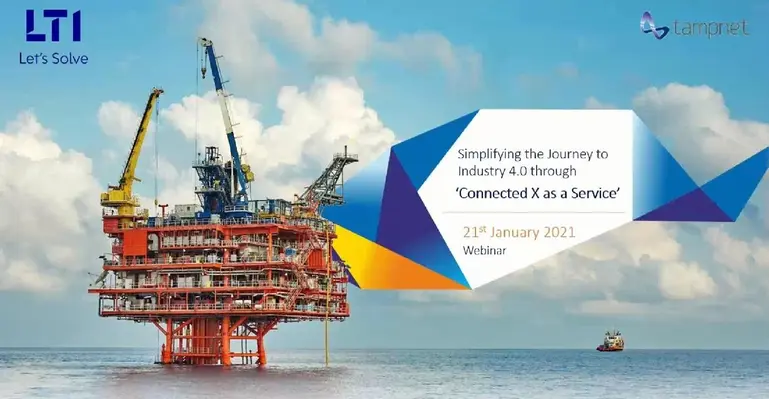

According to a recent PwC survey 90% of upstream companies have begun investing in digital initiatives and research by McKinsey suggests that 70% consider digital operations at the top of their operations strategy agenda. LTI and Offshore Network hosted a webinar entitled ‘Simplifying the Journey to Industry 4.0 through "Connected X as a Service”’, as Kartik Raman Iyer Head of Delivery of Indusrial IoT at LTI, and Frode Støldal, Chief Digital Officer at Tampnet, discussed the benefits of digitalisation that the upstream oil and gas industry has begun to recognise and identified connectivity as crucial step along this journey.
Connectivity as the key
Raman began by outlining that with new advances in technology the potential to transform and optimise business within the upstream oil and gas industry is enormous and one fundamental enabling factor has been the advancements made in communication technology.
Raman commented, “If you look at the oil and gas vertical, especially with operations whether onshore or offshore, connectivity has been a challenge all along. But with advancements in connectivity there lots of possibilities opening up in terms of digital interventions. All these used cases and innovations help bring in operational efficiency and also bring in efficiency from a workforce standpoint. This helps in accelerating the entire digital transformation journey. In terms of technology trends connectivity is the backbone but beyond that you have AI, automation and analytics as well.”
Due to demand fluctuation, a current industry dynamic as a result of the pandemic, operators are increasingly seeking to strike the correct balance between production and demand, making visibility and quick action vital.
Raman continued, “Organisations need to be agile, nimble and flexible to really adapt to the changing market dynamics. Providing real time visibility of an entire operation allows necessary interventions based on insights you are getting in real time. Because of the advancement on the connectivity side there are lots of used cases emerging around convergence as well because now you have access to the right working data on the enterprise side and analytics is possible. Many of these insights you are getting will help you take decisions very fast.”
Tampnet Infrastructure
For Tampnet, connectivity is everything, and Støldal outlined his company’s role as planners, builders and operators of fiber that connects offshore assets. They have also now implemented mobile infrastructure that can extend around 50-60 km from each asset, which allows complete coverage of the entire value chain and enables faster communication along it.
He commented, “Latency is core of what we do at Tampnet, one of the reasons for this is we also have a carrier business where some of the most advanced customers in financial industry are customers of Tampnet. If you are doing trading you are obsessed with latency. So we try and assign the entire infrastructure to minimise latency.”
Støldal added that the company also provides services to introduce complete coverage over the whole of an asset, regardless of size and complexity, so that there is a connection between different use cases, be them sensors, tablets or service containers. Together with DNV GL, Tampnet conducted a complete quality assurance test of the infrastructure at a Dutch site. Støldal said, “Feedback was very very good. The survey concluded that there was less safety exposure, no helicopter flight needed, no real travel needed, no offshore presence of a surveyor needed, smaller environmental footprint, efficient time and cost, and kept company assets compliant, safe and reliable. For business cases the improvements are quite significant.”
Connected X as a Service
For a quick, simple and cost effective way to make the most of new connectivity technology and embark on the journey to Industry 4.0 Støldal and Raman recommended the Connect X as a Service. This has been developed to evaluate the range of new digital technologies on the market, provide comprehensive a assessment to identify where digital advancements can be made, and guide and maintain businesses along the path to digitalisation. To listen to the webinar recording exploring this service in more detail, click here.


Understand what the new regulatory updates mean for those involved in Gulf of Mexico well intervention and hear BSEE’s comments relating to both riserless well intervention systems and BSEE’s final rule.
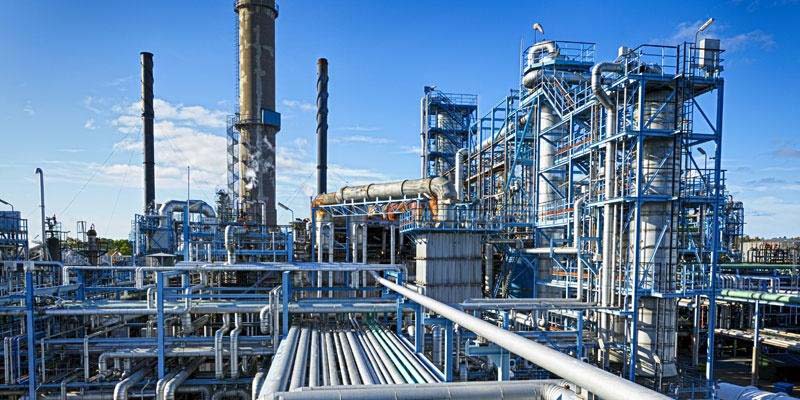

Offshore Network have created a forecast of the well intervention service demand in the Eagle Ford and Permian basins. The whitepaper highlights the likely path of the oil price throughout 2018 and the correlating well services which will be in demand.


As developed wells continue to produce, these completed assets undergo thermodynamic cycling consistent with the production life of the well. The constant loading on these wells induce stresses that are ultimately transmitted to the annular cement sheaths that were intended to provide isolation of formation fluids from the surface. If these cementitious barriers become compromised, integrity issues proliferate and transmit downhole pressures to the surface. These problems are exasperated if the primary cement job was compromised during initial placement due to such complications as losses. Channels and micro-annular leak paths are responsible for these phenomena of observed pressure at the surface.
To remediate these integrity challenges, the unconventional application of resins has proven to be a cost-effective solution for the restoration of isolation. With over 141 successful interventions to date, Wellcem has developed a series of standard operating procedures that help ensure successful remediation of these challenges. Implementation of five critical measures during job execution can assist in the satisfactory sealing of these communicatory pathways.
Read more: Effective alternatives to cement in oil and gas wells
This article was published by Sean Francis and Mohamed Aly Tawfik of Wellcem
Sean has worked as a field engineer in the US and Gulf of Mexico as well as the Dutch, Danish, and Norwegian sectors of the North Sea, and across the middle east in the U.A.E., Oman, and Saudi Arabia. He currently serves as Project Manager of the Middle East for Wellcem. Mohamed Aly Tawfik has been with Wellcem since 2012 working in Saudi Arabia with lost circulation plugs, squeezes and casing to casing leaks. He is now Operations Coordinator at Wellcem.
This article was sourced from Wellcem: https://blog.wellcem.com/5-keys-to-the-successful-remediation-of-sustained-annular-pressure
For more information from Wellcem you can see their blog here: https://blog.wellcem.com
Page 4 of 5